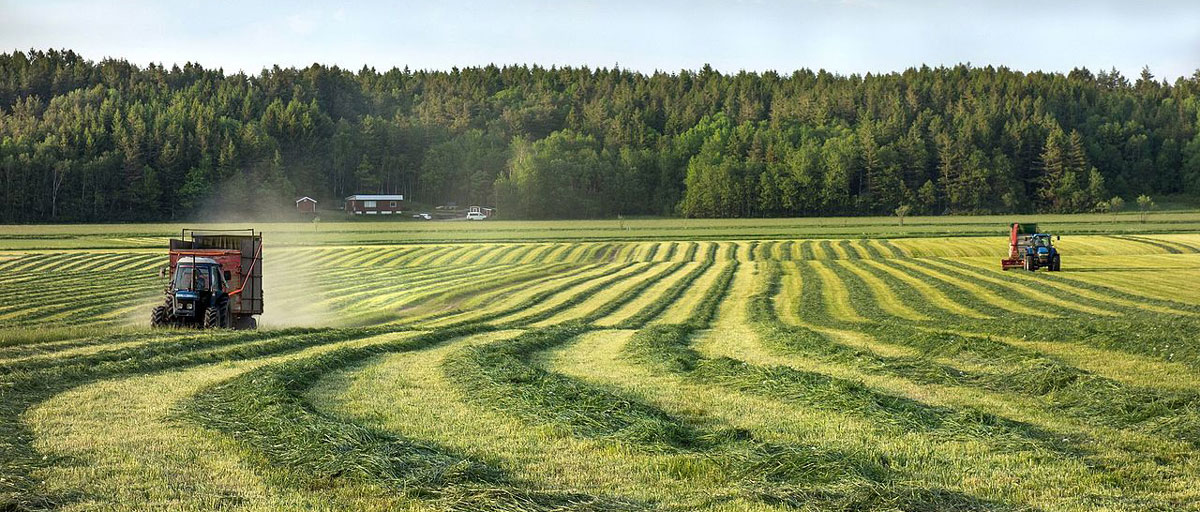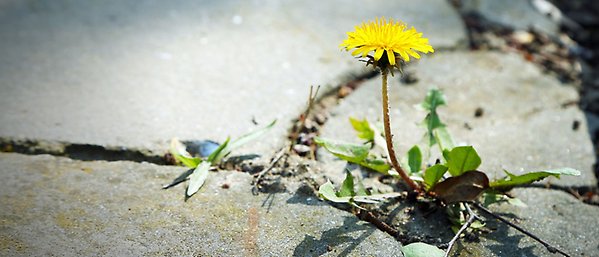RESEARCH PROFILES
Understanding the evolution of the Anthropocene

Peter Søgaard Jørgensen reflects on how evolution relates to the real life problems of today
- In 2020, the centre introduced new research themes to reflect a shift in the centre’s research focus
- One of the new theme leaders are Peter Søgaard Jørgensen who will co-lead the new Anthropocene Dynamics theme
- His research focuses on sustainability in the Anthropocene and developing new approaches to deal with antibiotic resistance
In the Anthropocene, where humans shape every aspect of our planet, everything is changing. We are faced with new aspects of control, new connectivities, and new types of risks with broad implications for global resilience and sustainability.
So, what does evolution have to do with it?
In this interview centre researcher Peter Søgaard Jørgensen tells us about bringing insights from evolutionary science to the study of the Anthropocene, connecting behavioural, technological, and planetary change, and the ticking time bomb of our global production ecosystem.
Your background is in ecology and evolution. How is this related to sustainability science?
Today's sustainability challenges are equal parts ecological and evolutionary in nature. Ecological in how we interact with our environment. Evolutionary because of the processes of change that have led us here and will be necessary to move us towards sustainable development.
I've always been interested in how evolution relates to global sustainability challenges. In 2014 I published a review on the topic, and an interesting finding was that insights and methods from traditional evolutionary biology alone are unsuitable to provide us with useful solutions. This is because they ignore the complex social realities in which solutions are implemented.
To understand the Anthropocene we need to go beyond traditional approaches of evolutionary biology.
And this is where evolutionary science for the Anthropocene comes in. What do you mean by this?
Similar to evolution in the biological sense, evolution also takes place in human culture through behaviour and technology, as well as at the level of the Earth system. To understand the dynamics of the Anthropocene, we need to study these processes in combination. This is what we could call evolutionary science for the Anthropocene.
So where did you begin?
This is a big mouthful to study. Initially I focused on applying this new evolutionary lens to two more concrete sustainability challenges, those of antibiotic and pesticide resistance, specifically within the National Socio-Environmental Synthesis Center (SESYNC) project Living with Resistance.
Evolved resistance to pesticides and antimicrobial drugs threatens to reverse some of the greatest technological advances of modern agriculture and medicine. We looked at the socio-ecological dilemmas constraining society’s response to the evolution of resistance.
With that experience I felt better prepared to apply evolutionary science to the broader sustainability challenges of the Anthropocene.
Your work on emerging infectious disease and agricultural pests is particularly relevant today. Can you tell us about that?
In 2019 we published a framework for understanding how human transformation of our lands and oceans in the Anthropocene has set in motion new evolutionary dynamics. In the context of the current pandemic it is worth highlighting the part that relates to emerging pests and pathogens.
Today humans use more than 75% of the Earth’s ice-free land area for livelihoods or production of things like food, feed, building materials and textiles. If as a species you want to survive in the Anthropocene, you are much more likely to do so if you can survive in these human habitats.
At the same time human land use is intensifying through growing use of fertilizers, pesticides and antibiotics and homogenization of landscapes.
Combined, these two trends are causing us to see a rapid increase in the emergence of pests and pathogens. Importantly this includes new species coming into contact with human habitats as well as species already living in human habitats that did not previously act as pathogens or pests but that are evolving as such due to human management practices.
Adding to this, and as highlighted by our recent paper analyzing the structure of the global production ecosystem, the unprecedented connectivity of the Anthropocene poses special challenges for human societies. The pandemic has shown just how fragile globally interconnected systems are, and how food production shocks can spread beyond borders. And when we see the frequency of shocks increasing, it’s going to mean increasing disturbance to the whole system.
You’re a newly appointed leader of the research focus on Anthropocene Dynamics. Why is this such an important theme?
What we’ve come to understand is that the human world is so interconnected that any local problem requires its global context, and solving a global problem requires understanding the many local contexts and how they are connected.
What kinds of topics do the theme’s researchers engage with?
Within this thematic area we have researchers studying almost any aspect of the Anthropocene, including those focusing on the human biosphere, the climate system, technology, and human behaviour.
The really exciting overarching mission of the theme is to bring these perspectives together for a coherent and improved understanding of Anthropocene dynamics.
What are the challenges of this kind of work?
We need to dig into areas where data is much more scarce and much harder to standardise.
And then sometimes answering the big questions requires secret information like leaked financial information, and this requires undercover work. It’s not easy!
What are you most excited about going forward?
It’s a big privilege and hugely rewarding to be able to study something so important for the future of humanity, even though it involves taking some risks with connecting topics that have never been connected before. It feels like we are on the brink of breaking major ground.








